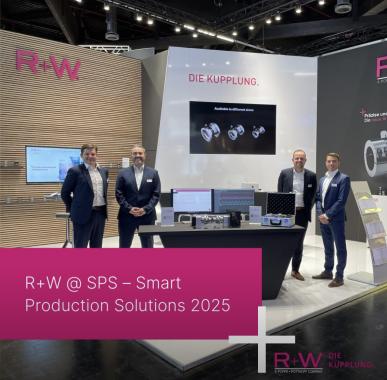How IIoT Asset Health Monitoring Can Help Your Facilities

Even though standardization brings many benefits to end users, it is not that common. So monitoring the health of your devices and processes can be a real challenge. In addition, the lack of standardization of certain protocols for reading diagnostics makes it difficult to find a solution that adapts to all your instruments.
Fortunately there are IIoT asset health monitoring systems that support multiple brands, and the number of devices they support is growing with each update.
What is an Asset Condition Monitoring Service?
Most field devices can provide a bunch of relevant information about their health. While few sites take advantage of this feature, it helps improve plant operations and production performance.
Asset condition monitoring has been around in automation for quite some time, so you can find many software solutions on the market, such as the FieldCare tool. However, this monitoring is usually done locally and in most cases using standalone solutions or without an internet connection. So how do IIoT systems work and how are they better than PAM (Plant Asset Management) systems?
Classic Asset Health Monitoring Architecture
You have to understand how traditional health monitoring works to see how IIoT health monitoring simplifies the work of maintenance teams.
A typical solution follows the five levels of the automation pyramid according to ISA 95:
- Level 0: field devices
- Level 1: PLC
- Level 2: SCADA / HMI
- Level 3: MES
- Level 4: ERP
Field devices are connected to the control system and you have a human-machine interface to display process information on a workstation and a PAM solution to access field data. In many cases, PAM solutions access field devices through the control system. It is also read and write data using a PAM system, but if something goes wrong it can affect the control system and in all rare situations cause an unplanned shutdown.
IIoT Asset Health Monitoring Architecture
Take NOA (NAMUR open architecture) as an example. It is designed specifically for the control system, and its solid structure provides robust operation and high data availability for decades.
The NOA concept aims to create an interface between process control and the M+O domain (monitoring and optimization) without risking the safety of the installation. On the other hand most of the IIoT services follow the concept of a single direction for data collection. Although this sounds restrictive, it means you can access information without interfering with field devices.
Health services for third-party equipment
With some protocols, the lack of standardization for reading diagnostics in the field makes it difficult to update health status from a single service. It is thus necessary to find solutions where one can constantly update the databases with the appropriate support for a variety of brands and their devices.
In multi-brand environments, it is essential to have IIoT services that provide the ability to integrate as many brands and devices as possible. Netilion Health offers this possibility with an extensive list of supported devices. With each update this list expands to cover more makes and models.
Learn more: https://bit.ly/3BMBnxq
Our other news
See allJoin the largest community of industrial suppliers
- Helping you with your ongoing technology watch
- Provide you with detailed supplier statistics
- Give you international visibility
Discover the largest catalogue of industrial products on the market
- To offer you the best catalogue of industrial products on the market
- To guarantee you a 100% secure platform
- Enable you to have live remote exchanges


 Français
Français 







